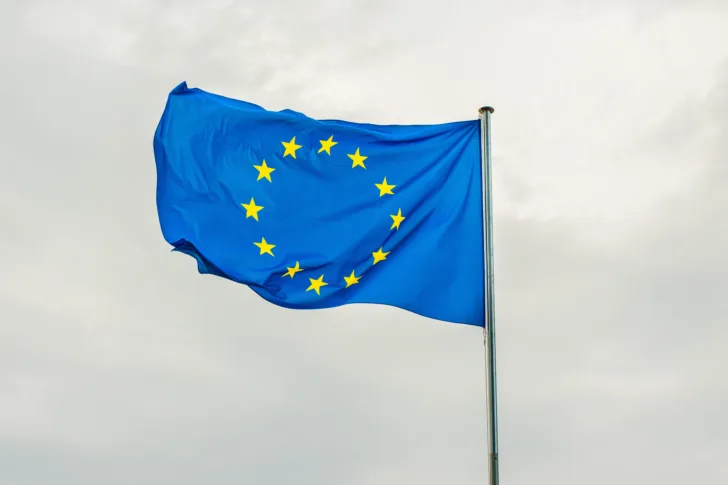Norway and the EU Space Program
Norway is an active participant in the various EU program.

Photo of Norway's capital Oslo, taken by Sentinel-2, a satellite developed in the Copernicus program.
Bilde: Pexels / Dušan Cvetanović
Norway joined Galileo, the program for the new European satellite navigation system, in 2010. Subsequently, Norway joined Copernicus, the European program for monitoring the environment for civil security.
Galileo has shown to provide more accurate data for position, navigation and time (PNT) than other satellite navigation systems. Today, all smartphones sold in Europe can receive PNT signals from Galileo, and the satellite navigation system can potentially be used by more than 4 billion people.
The Copernicus program's Sentinel satellites include both radar satellites, optical satellites and satellites with other types of sensors. They monitor a wide range of environmental factors, such aspolar ice, snow cover, wave height, land use, vegetation types, sea level, and much more.
Since then, the Galileo and Copernicus programs have become part of the EU space program. In this program the EU works closely with ESA.
Parliament decides
In addition to Copernicus and Galileo, the EU's space program also includes the European Geostationary Overlay Service (EGNOS), which amplifies and improves signals from satellite navigation systems, Govsatcom - a system for secure satellite communications for government actors, and Space Situational Awareness (SSA), which keeps an eye on the three largest the dangers from space – near Earth asteroids, bad space weather and space debris.
Because Norway is not a member of the EU, the Norwegian Parliament must every seven years decide whether the EU's space programs should be included as an addition to the EEA agreement, and the budget for Norway's participation in each of these programs must be revised.
The current participation phase in the EU space programs runs from 2021 to 2027.